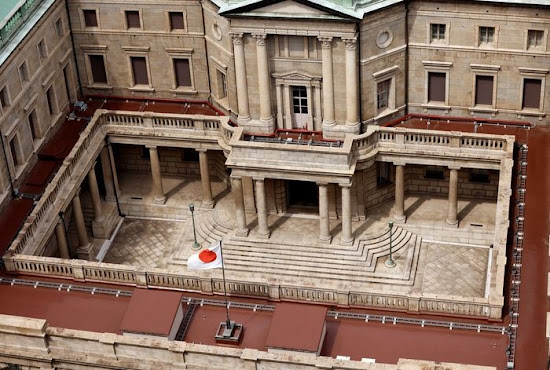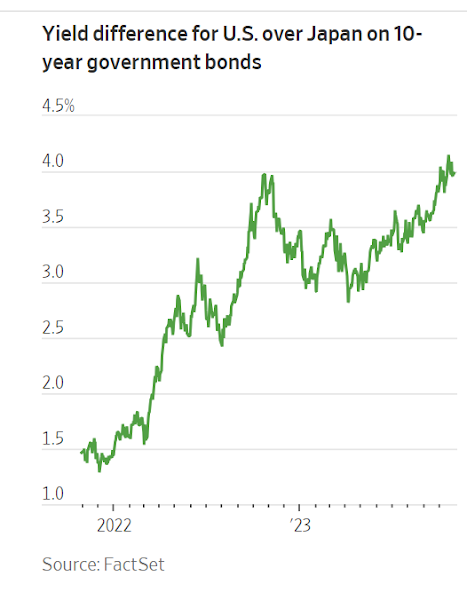Yield Curve Control Joins the Living Dead
Japan’s Halloween decision to nix its official bond yield cap means ‘yield curve control’ has one foot in the grave—but it still has some bite nonetheless
By Jacky Wong
 The Bank of Japan has effectively ended its policy of capping 10-year government bond yields at 1%. PHOTO: ISSEI KATO/REUTERS
The Bank of Japan has effectively ended its policy of capping 10-year government bond yields at 1%. PHOTO: ISSEI KATO/REUTERSJapan’s Halloween tweak to its monetary policy didn’t go as far as some yen bulls had hoped.
But a stronger yen could still eventually spook global markets—especially if rising U.S. rates keep forcing the Bank of Japan’s 8301 3.86%increase; green up pointing triangle hand.
The Bank of Japan effectively abandoned its policy of capping 10-year government bond yields at 1% on Tuesday, saying that level will now be a reference only.
But the central bank also said it would conduct “nimble market operations” in response to developments in economic and financial conditions.
What this probably means is more flexibility—possibly including allowing 10-year bond yields to go above 1% on a sustained basis—but muscular intervention if the market moves too fast.
Since 2016, the BOJ has been buying bonds to keep long yields suppressed, as part of its so-called yield-curve control policy.
It has gradually adjusted the specific yield targets over time.
Markets, however, still don’t seem to believe that the BOJ is doing enough to keep pace with the Fed.
The yen weakened past 150 to the dollar Tuesday, after briefly spiking in the morning following a Nikkei report of the central bank’s looming policy change.
Yields on Japan’s 10-year government bonds also fell a bit after the BOJ’s official announcement, though at 0.95% they remain noticeably higher than Monday’s level of 0.89%.
More decisive moves to weaken yield-curve control have long seemed inevitable.
But rapidly rising global rates probably forced the BOJ to act now.
Stubbornly strong U.S. growth this year—so far defying widespread expectations of a recession—means that U.S. rates could stay higher for longer, and has pushed up already-high long-term bond yields.
Yields on 10-year U.S. Treasury bonds have risen 0.9 percentage points since late July, when the BOJ last tweaked its policy.
That has widened the gap between U.S. and Japan 10-year government bonds to nearly 4 percentage points—and punished the yen.
Japan’s currency has dropped 12% against the dollar so far this year.
That in turn has pushed up imported inflation, especially from energy.
Japan’s core inflation rate, which excludes fresh food, slowed to 2.8% in September, but has been above the central bank’s 2% target for 18 months.
Raising Japanese rates to be more in line with the U.S. and other developed economies could bolster the yen—but given the country’s long struggle with low and negative inflation, policy makers are likely to remain quite cautious about tightening too far, too fast.
Fast growth in wages, which is what BOJ really needs to see to conclude deflation has been permanently banished, has remained elusive.
The BOJ therefore probably won’t move as far as many speculators hope.
But step by step, it will likely bring interest rates higher.
The Japanese yen plays an important role as a funding currency in global markets, while Japanese households and companies are big investors abroad.
Higher Japanese rates therefore inject new uncertainty into U.S. markets too—at a time when U.S. equity markets, in particular, already have plenty of monsters they need to slay.

0 comments:
Publicar un comentario